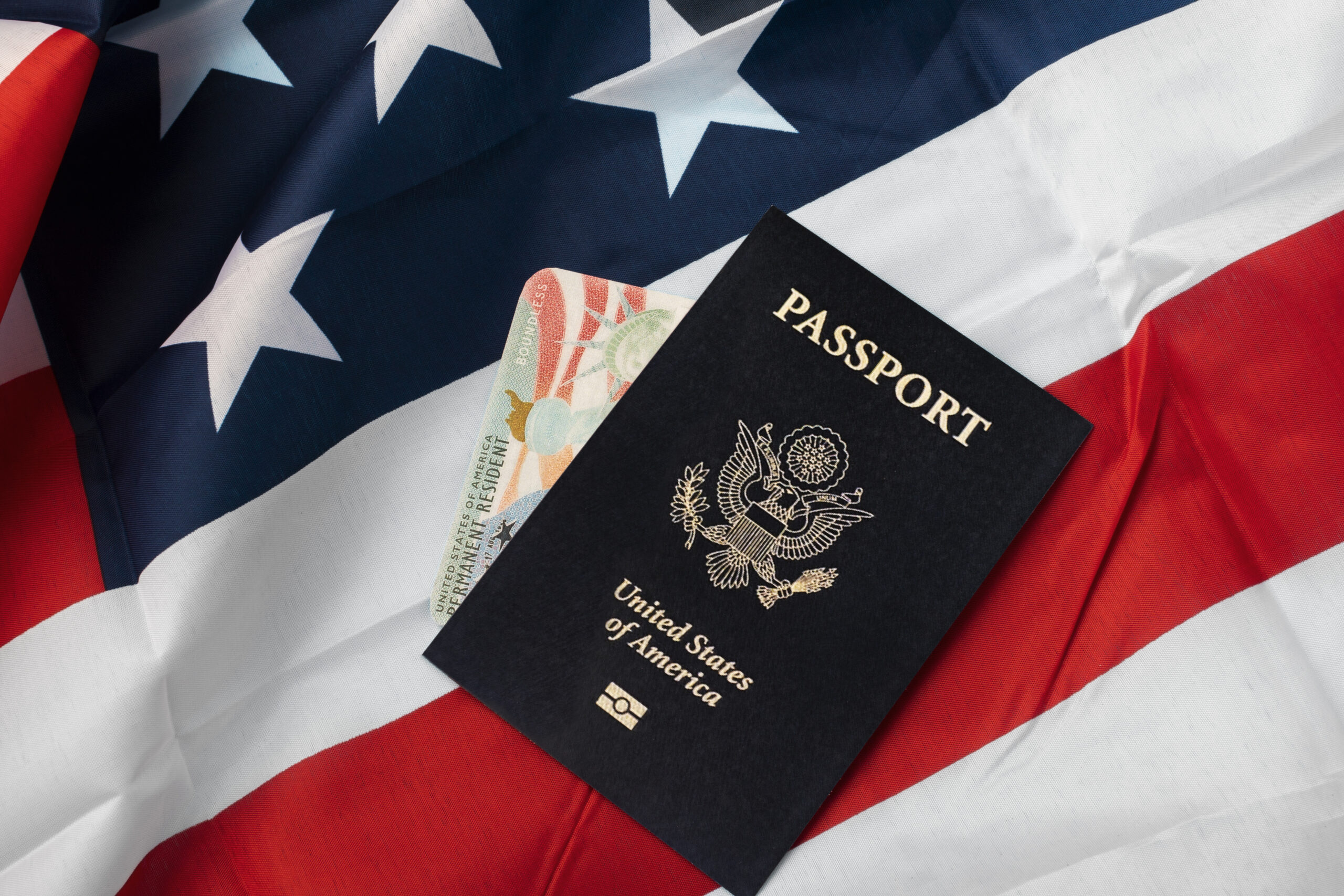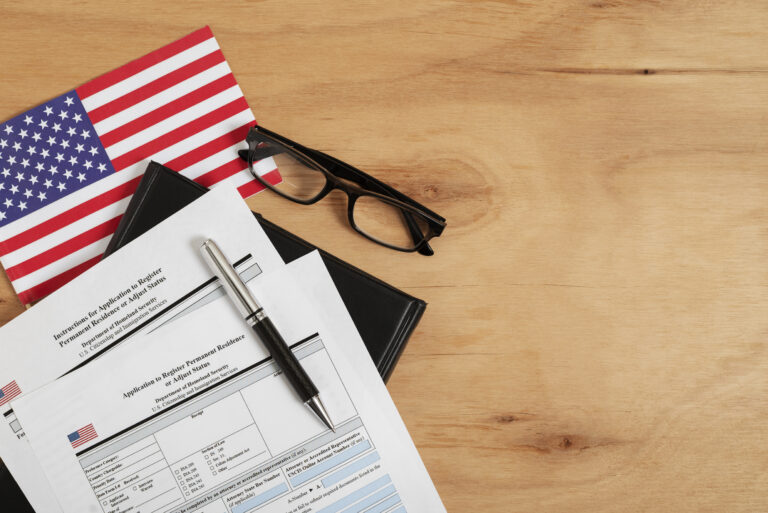If you’re currently in the U.S. on an O-1 visa, you’re already recognized as a person of extraordinary ability in your field, whether that’s in the sciences, education, business, athletics, or the arts. But what comes next? For many O-1 visa holders, the natural next step is obtaining a green card, which offers permanent residency and a pathway to U.S. citizenship.
In this detailed guide, we’ll walk you through everything you need to know about transitioning from an O-1 visa to a green card. We’ll cover eligibility requirements, green card categories, timelines, the application process, and practical tips to improve your chances of success.
What is the O-1 Visa?
The O-1 visa is a non-immigrant visa for individuals with extraordinary ability or achievements in their field. According to the U.S. Citizenship and Immigration Services (USCIS), extraordinary ability is demonstrated through sustained national or international acclaim, evidenced by awards, publications, and distinguished roles.
There are two main categories:
- O-1A: For sciences, education, business, or athletics.
- O-1B: For the arts, motion picture, or television industry.
Unlike many other visa types, the O-1 does not require a labor certification and allows dual intent, making it a strategic entry point toward permanent residency.
Can You Transition from an O-1 Visa to a Green Card?
Yes, you can transition from an O-1 visa to a green card. However, the O-1 itself is not a direct path to permanent residency. To transition, you must apply under an appropriate employment-based green card category, such as EB-1 or EB-2, and meet all corresponding eligibility requirements.
Green Card Options for O-1 Visa Holders
There are three primary employment-based green card categories for O-1 visa holders:
A. EB-1A (Extraordinary Ability)
- Best fit for those who qualify for the O-1 visa.
- No job offer or labor certification required.
- Self-petition allowed.
B. EB-1B (Outstanding Professors and Researchers)
- Requires employer sponsorship.
- Suitable for academics and researchers.
C. EB-2 NIW (National Interest Waiver)
- No employer sponsorship required if applying under NIW.
- Must demonstrate that your work has substantial merit and national importance.
EB-1A Green Card: Best Fit for O-1 Holders
The EB-1A Green Card mirrors the O-1 visa in terms of eligibility, making it the most straightforward route for many O-1 holders.
EB-1A Requirements (USCIS Criteria):
You must demonstrate at least 3 out of 10 criteria, such as:
- Receipt of nationally or internationally recognized awards.
- Membership in associations that require outstanding achievements.
- Published material about you in professional publications or media.
- Judging others in your field.
- Original contributions of major significance.
- Authorship of scholarly articles.
- Employment in a leading or critical role for distinguished organizations.
- High salary or remuneration compared to others.
- Commercial success in performing arts.
Unlike the O-1 visa, EB-1A requires a showing of sustained acclaim and recognition beyond just temporary assignments or roles.
EB-2 NIW: An Alternative for Professionals with National Impact
The EB-2 National Interest Waiver (NIW) is a strong alternative, especially for:
- Researchers,
- Entrepreneurs,
- Engineers,
- Public health experts,
- Tech professionals making national contributions.
EB-2 NIW Requirements:
- You must qualify for an advanced degree or have exceptional ability.
- Your proposed work must have substantial merit and national importance.
- You must be well-positioned to advance the endeavor.
- Waiving the job offer must benefit the U.S.
This option does not require a sponsoring employer, labor certification, or even a permanent job offer.
Employment-Based Green Card Process: Step-by-Step
Step 1: Determine Eligibility
Choose between EB-1A, EB-1B, or EB-2 NIW based on your qualifications and long-term goals.
Step 2: File Form I-140 (Immigrant Petition)
This is the immigrant petition for your green card. It can be filed:
- By yourself (self-petition) if EB-1A or NIW.
- By an employer if using EB-1B or standard EB-2.
Step 3: Priority Date
Your I-140 petition establishes your priority date, which determines your place in the green card queue.
Step 4: Wait for Visa Bulletin
Monitor the Visa Bulletin to know when your priority date is current. For EB-1 and EB-2 categories, dates are usually current for most countries.
Step 5: File Form I-485 (Adjustment of Status)
Once your priority date is current, you can file Form I-485 if you are already in the U.S.
Step 6: Attend Biometrics and Interview
Attend a USCIS biometrics appointment. An interview may be scheduled depending on your case.
Step 7: Receive Your Green Card
If approved, you will receive your green card and become a U.S. permanent resident.
Do You Need a PERM Labor Certification?
One major benefit of both EB-1A and EB-2 NIW is that they do not require a PERM Labor Certification. This can significantly reduce processing time and documentation.
Adjustment of Status vs. Consular Processing
If you are currently in the U.S. on an O-1 visa, you can choose Adjustment of Status (Form I-485) to change your immigration status without leaving the country.
Alternatively, you can opt for Consular Processing by attending an immigrant visa interview at a U.S. embassy or consulate abroad.
Adjustment of Status is preferred by most O-1 visa holders already residing in the U.S.
Dual Intent and Maintaining Legal Status
The O-1 visa allows dual intent, meaning you can apply for a green card without jeopardizing your current visa. However:
- Make sure your O-1 visa remains valid during the process.
- Avoid unauthorized employment or overstaying your visa.
- Always consult an immigration attorney if in doubt.
Frequently Asked Questions (FAQs)
Can I self-petition for a green card on O-1?
Yes. You can self-petition under the EB-1A or EB-2 NIW categories.
Do I need to leave the U.S. to get a green card?
Not if you file for Adjustment of Status (Form I-485) while in the U.S.
How long does the transition take?
Typically 8 to 14 months for EB-1A and 12 to 18 months for EB-2 NIW, depending on USCIS processing times and visa availability.
Does having an O-1 visa guarantee EB-1 approval?
No. The standards for EB-1 are higher. You must show sustained national/international acclaim beyond temporary achievements.
Final Thoughts and Key Takeaways
Transitioning from an O-1 visa to a green card is a strategic move that can open doors to permanent residency and eventually U.S. citizenship. The process requires planning, documentation, and often legal support, but for individuals of extraordinary ability, it is a highly achievable goal.
To summarize:
- EB-1A is the best fit for most O-1 holders.
- EB-2 NIW is ideal for professionals with high-impact work in the public interest.
- Adjustment of Status allows you to remain in the U.S. while processing.
- Ensure compliance with all USCIS requirements and maintain valid status.






